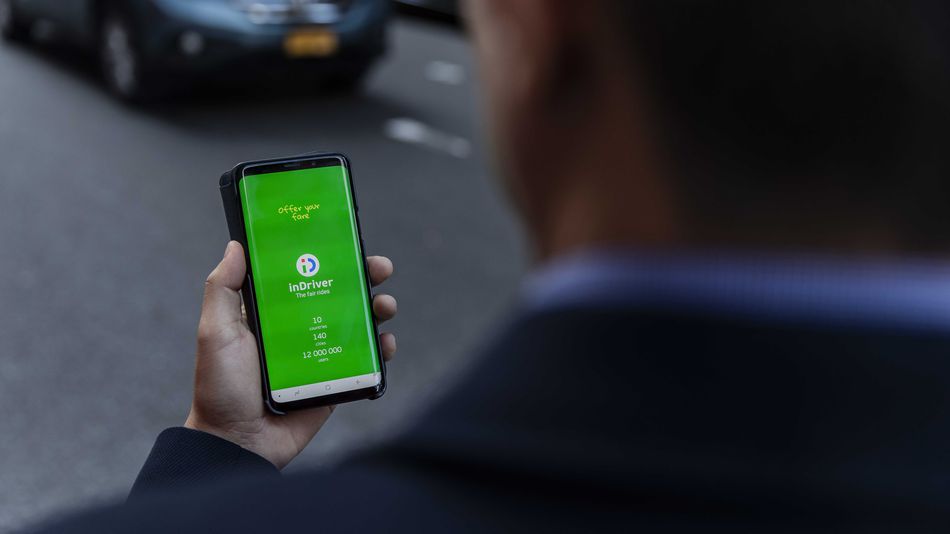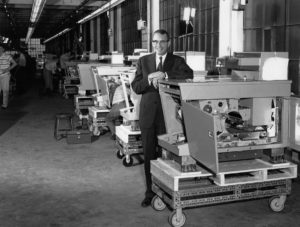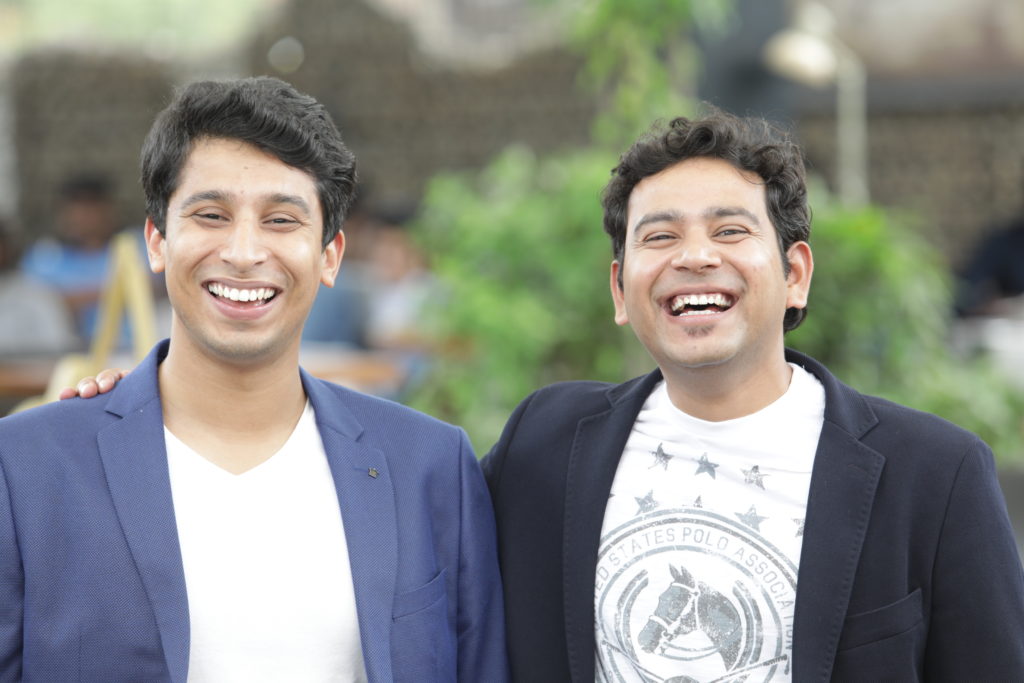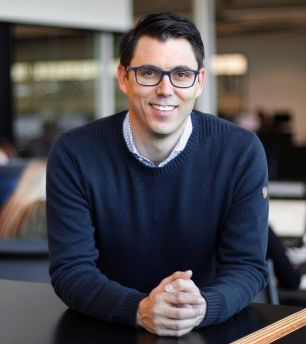Grab : One of the Biggest Startups in South-east Asia
“The youth of today is the future of tomorrow”, probably one of the famous quotes, you will find written almost everywhere. It is expected of the young generation to build a better tomorrow by eradicating today’s problem, be it a social, or an economical cause. The success of Grab narrates the story of a start-up based in Malaysia, which improved both the social environment of the city and made taxi booking much economical plus convenient.
The community of taxi drivers in Malaysia didn’t have a good reputation, as at times the customers were overcharged, the security of women was a big question, and the economic condition of the drivers was unsatisfactory. Anthony took the crisis of his city into a note and together, with Hooi Ling, started a business plan to launch a ride service.
Both the founders of Grab, Anthony Tan and Hooi Ling Tan graduated from Harvard Business School, and that is how they met each other. Grab was founded as GrabTaxi in June 2012, and after a couple of years, the headquarters shifted from Malaysia to Singapore. Today, Grab provides more than just a taxi service and has customers around eight countries.
Anthony Tan

Anthony pursued his Bachelor’s degree in economics followed by completing his MBA from Harvard Business School. Anthony belonged to a financially dominant family of Malaysia. His father ran a family an automobile business named Tan Chang Motors. After coming back from Harvard, Anthony joined his family business as head of marketing. But, after being a spectator of the degrading condition of transportation companies in Malaysia, he came up with the idea of opening his own start-up like the ones dominating in the U.S. Especially, when he found his friends and family complaining about it, he decided that he had to do something. He contacted Hooi Ling Tan, his classmate from Harvard, who chalked down a business plan.
Hooi Ling Tan
Unlike Anthony, who after Harvard joined his family business straightway, Hooi Ling had a better taste of the corporate world. Since she was a mechanical engineer graduate, she worked as an equipment engineer in Eli Lilly before going to Harvard. She was also a business analyst at McKinsey and Company and worked there for a couple of years.
After graduating from Harvard, Hooi Ling again joined McKinsey and Company as an associate and later, switched to salesforce.com as a senior director of pricing intelligence and monetization. She worked there till 2015, a couple of years even after co-founding Grab.
The Hurdles
Initially, when both Anthony and Hooi Ling stepped into the outer world and started pursuing the taxi companies, they received several rejections. The concept was new to them, and nobody was really that enthusiastic. So, they needed to approach drivers, and the common crowd, individually, to make them understand how they could be benefited. Both of them also took feedback from the citizens of Malaysia if they would like to bring a change to networking.
Finally, after several rejections, one taxi company with thirty taxis was willing to give it a shot. They even received a sum of $25,000 from Harvard Business School to start the business and the mobile app. Finally, the company was launched in 2012, and in the first couple of years, Anthony learned a lot from his mistakes and implemented better strategies.
The Flaws
In the beginning, the capital for Grab was funded by the Tan family, and it continued for quite a long time until chaos was created. After the funding round in April 2014, the company was confused about the total fundraised, which created a lot of fuss followed by some unnecessary expenditure. Things turned upside down, resulting in no salary for the drivers for one month.
Anthony realized it was high time to buckle up and manage the finance. He brought some discipline to the company by bringing some professional investors in the house and not relying fully on the Tan family.
The Right Decisions
Since Anthony focused on the betterment of social relations between a driver and the customer, especially, on the security of the women, every driver was interviewed personally. He said that though this process was time-consuming, he couldn’t compromise with it.
Today, Grab serves customers in more than 168 cities, across 8 countries. Apart from GrabTaxi, services, like GrabFood, GrabPay, GrabBike, has also been released. By 2017, the company completed one billion rides and 68 million downloads.
The company also started investing in R&D, as he is focused more on hiring smart people who can contribute more to the business than spending millions on advertising. Anthony truly is a person to admire with great passion to ameliorate the condition of our society.

Annasha Dey is an NIT student, who apart from studying engineering is also a content writer. She has a great interest in photography, writing, reading novels, and travelling as well. She is a foodie who loves socializing and hanging out with her friends. She is also a trained Kathak dancer and a big fashion enthusiast. Dey also loves watching TV series, which includes F.R.I.E.N.D.S. and Big Bang Theory. To be a better writer she prefers to read more











